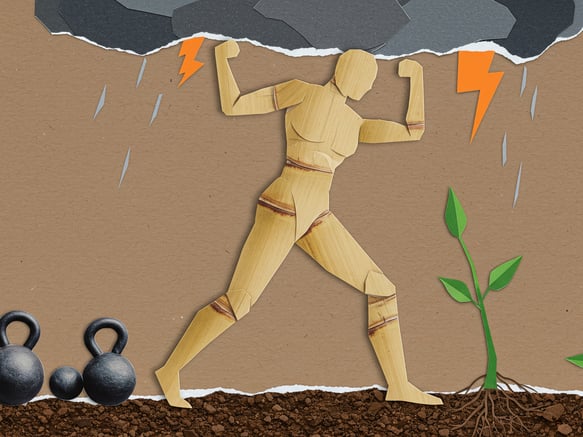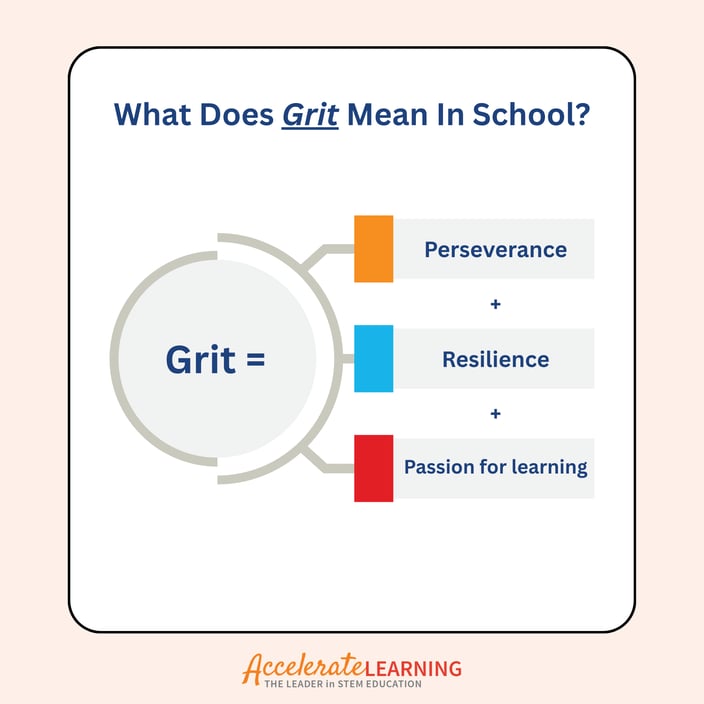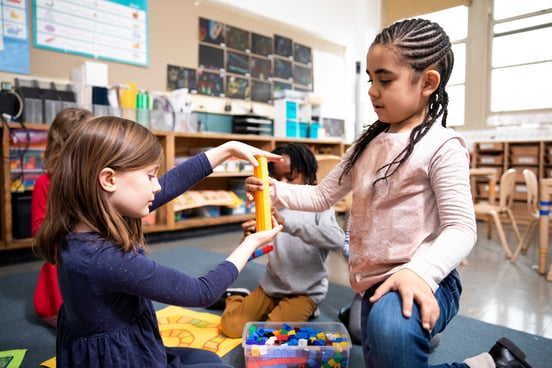
Math Assessment in California Schools: The Shift Toward Differentiated Instruction
Math assessment in California is changing. What used to be a compliance exercise or reporting tool is now becoming a...
Tahlea Jankoski | Published July 25, 2016 | Updated November 17, 2025
When teachers talk about student success, one word often comes up: grit.
But what is grit in education? And can educators help learners develop it? The answer is yes. Grit develops through specific experiences and teaching approaches.
Let's take a look at how it plays out in the classroom.

Psychologist Angela Duckworth defined grit as "passion and perseverance for very long-term goals."
In schools, students with grit keep working toward learning goals even when the work gets hard. Understanding what grit is in education helps teachers nurture it in their students.
Grit is related to but distinct from other qualities educators want to develop in students:
So what does grit mean in school? Grit in school is the mix of perseverance, resilience, and a genuine passion for learning.
It's more than simple pushing through tough times. True grit is believing you can improve, learning from mistakes, and staying engaged through challenges.

Studies of grit in education, including Angela Duckworth's, links it to academic achievement and long-term success. Students who show grit take on challenges, recover from low grades, and keep working toward their goals.
But grit can't overcome every barrier. Students still need adequate resources and supportive school environments. Overemphasizing grit without considering other factors leads to student and teacher burnout.
“True grit is believing you can improve, learning from mistakes, and staying engaged through challenges.”
Knowing why grit matters helps teachers build it up without losing sight of students’ need for support.
Teachers can often spot grit in the classroom through small moments of determination. It appears when students continue to experiment, revise, and reflect on their learning.
Examples of grit in school might include:

When teachers understand what grit is, they see that it grows through experience, challenge, and support. It's not fixed.
Teachers can help students build grit by encouraging: reflection, autonomy, mentorship, growth-oriented feedback, and long-term goal setting.
Ahead, we’ll look at each of these ways to build grit in education in detail and provide grit-building strategies for teachers in the classroom, regardless of grade level.
When considering how to teach grit in the classroom, teachers should intentionally design lessons that weave these factors into daily instruction.
Ask students to think about what worked, what didn’t, and how they can adjust.
Allow students to make choices in their learning. This helps them take ownership of outcomes and stay motivated.
When teachers share their own stories of trial and error, students see that persistence is learned.
Give students opportunities to work on one project over an extended period of time.
Model how to break complex work into smaller, doable parts. For example, when writing a research paper, students might pick a topic, gather sources, create an outline, write a draft, and then revise.
When students revise their work, they take risks and test new approaches. Math students rework problem sets after review. Science students redesign experiments. Writers draft, receive feedback, and rewrite to improve. This shows that struggle drives learning.
“High expectations work best when combined with strong instruction, social-emotional support, and safe learning environments.”
Help students create specific, reachable goals. “Read for 20 minutes each night and discuss the book weekly” beats “get better at reading.” Check in regularly and celebrate progress.
Design tasks that stretch students beyond their comfort zone. When students struggle, support them by asking guiding questions rather than providing answers.
Set aside a few minutes for students to think about their learning process. Simple prompts—“What was challenging today?” “What strategy helped when you got stuck?”—help students recognize their growth.
Create opportunities for students to support one another through challenges and celebrate progress together.

The approach to developing grit in students should shift as learners mature:
Across all grade levels, grit grows when teachers design experiences that allow students to struggle productively, reflect on their process, and keep going—even when success doesn’t come easily.
At each level, the approach to developing grit in students should match their developmental stage.
The concept of grit in education should not be used to dismiss the many challenges students often face outside the classroom. Many of these, such as food insecurity and trauma, can directly affect learning at school.
That's why it's so important to pair grit-building structures and activities with strong support systems. High expectations work best when combined with strong instruction, social-emotional support, and safe learning environments.

Inquiry-based science naturally builds grit when it allows students to: ask questions, test ideas, fail, and try again. STEMscopes structures lessons around investigation and experimentation, which requires sustained effort and resilience.
In STEMscopes, students aren't simply given answers.
They investigate, make predictions, and learn through trial and error. This process builds persistence and confidence in tackling complex problems.
Students ask questions, test ideas, encounter setbacks, and try again, mirroring how scientists actually think and work.
The lessons in STEMscopes often extend beyond a single class period. Students plan, collect data, reflect, and refine their work across several days.
This structure keeps students engaged even when results aren't immediate. Students build perseverance and patience through the cycle of planning, testing, revising, and documenting conclusions.
The platform includes embedded assessments and opportunities for teacher feedback and peer collaboration. Students revisit their work and improve based on what they learn.
This shows them that mistakes aren't failures. They're part of the learning process.
A group of fifth-grade students was completing a bridge design investigation. During the first trial, the bridge model collapsed, unable to hold the required weight.
The students didn't give up. They analyzed what went wrong, adjusted their design, and tested it again. The students continued making necessary changes until they were able to successfully complete the project.
Across all its curricula, Accelerate Learning helps educators create classrooms where persistence and problem-solving thrive. Students learn not just science content, but how to face any academic challenge with resilience.

Grit helps students persist through challenges and take pride in progress. But it's only one part of what makes learning successful.
True success happens when perseverance combines with strong instruction, social-emotional learning, and inquiry-based learning. When these are used together, students develop both the skills and the mindset they need to keep growing—no matter the subject.
Explore how STEMscopes Science and STEMscopes Math help teachers nurture grit in the classroom through hands-on, inquiry-based learning.

Math assessment in California is changing. What used to be a compliance exercise or reporting tool is now becoming a...

You know the moment: a student’s eyes light up when the science experiment fizzes or the math puzzle helps them...

STEM classrooms are full of different types of learners in the classroom, each with their own strengths and needs.
...